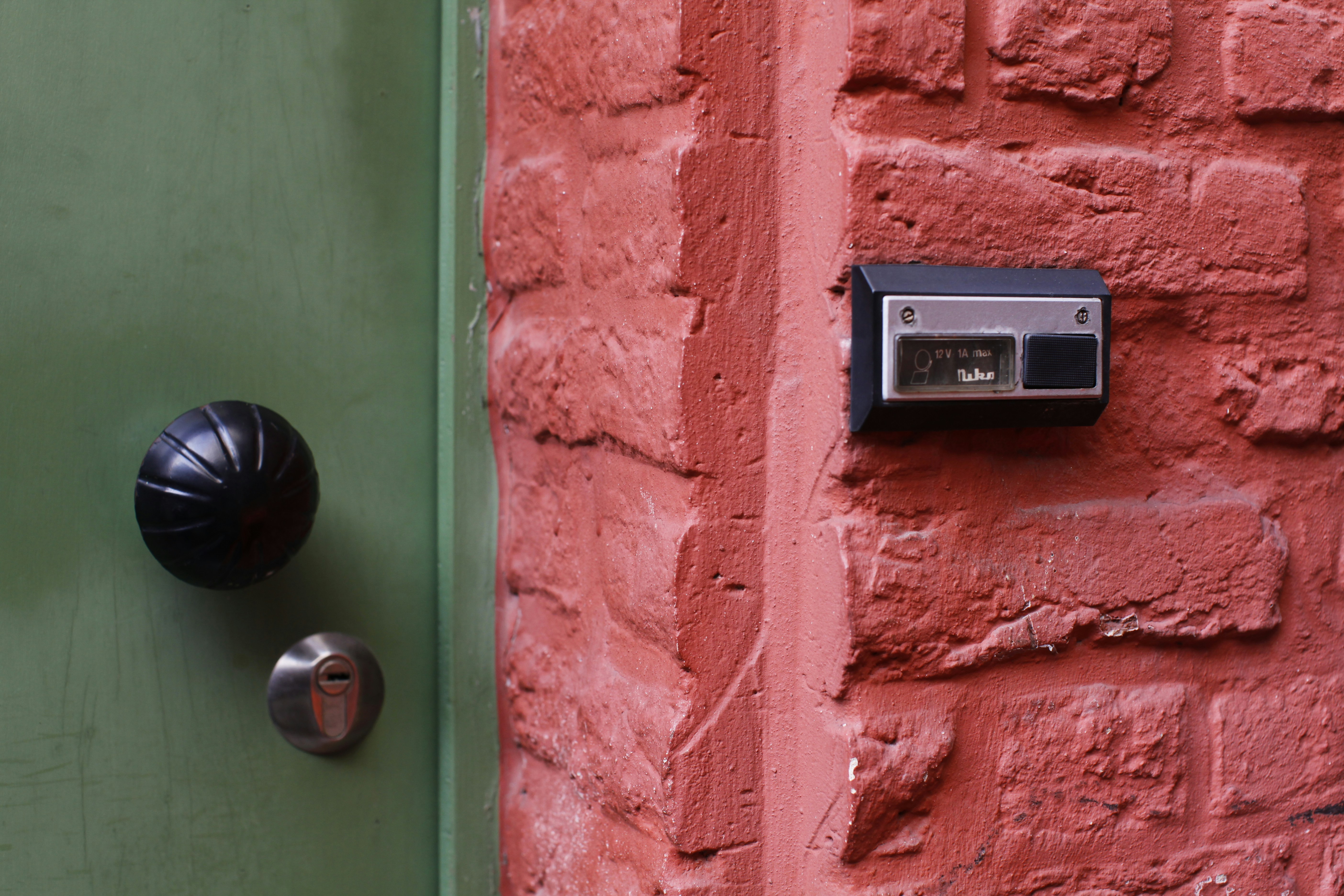Explore Augmented Reality Glasses: The Future of Navigation Today
In our fast-paced world, technology not only enhances our lives but reshapes how we experience our surroundings. Wearable tech has traditionally focused on fitness and health, but now, augmented reality (AR) glasses are breaking free from the confines of workouts, innovating real-world navigation and interaction in ways we never thought possible. Imagine wandering a new city, with information seamlessly overlayed onto your field of vision, guiding you to hidden gems and local hotspots. This transformative technology is more than just a novelty; it’s set to redefine how we navigate our environments and connect with the world around us.
Navigating Our World Anew with AR Glasses

As we continue to embrace digital solutions, AR glasses offer a unique blend of the virtual and the real. Unlike their fitness-focused counterparts, these devices aim to enhance your everyday experiences, elevating navigation and interaction to unprecedented levels. Consider Google Maps, for example. While useful, navigating with it on a screen leaves a lot to be desired. AR glasses can take that experience to a whole new level: imagine viewing directions directly in front of you, with arrows and information visually displayed on the streets as you walk. This sort of integration offers critical convenience and richer exploration, encouraging users to interact more deeply with their environments.
One standout product on this horizon is the Meta Quest Glasses, which use sophisticated sensors and algorithms to analyze your surroundings and provide contextual information. As noted in an article on Harvard Business Review, companies are beginning to realize that AR glasses can also facilitate real-time data access during navigation, turning tedious travels into engaging experiences.
The Impact of Enhanced Navigation on Daily Life
AR technology is not just a fancy add-on; it has practical implications for our daily routines. From enhanced wayfinding to situational awareness, AR glasses make environments not only easier to understand but also safer and more interactive. For instance, a tourist in a bustling city can have historical facts and nearby attractions pop up as they walk, turning every block into an opportunity for discovery.
Imagine walking through an unfamiliar part of town and having points of interest—like cafes, museums, or galleries—highlighted for you as you stroll. Being able to read reviews and see images without needing to pull out your phone is not only more convenient but allows for spontaneous interactions with local culture, which enhances the travel experience.
Additionally, AR glasses can be beneficial in crowded environments. Users can be alerted to safety concerns—such as identifying emergency exits in a new space—empowering them to navigate with confidence, even in uncertain situations. This transformative experience challenges the idea that AR is merely for gaming or health, tapping into fundamental aspects of our daily lives.
Bridging Work and Play: Enhancing Professional Experiences
AR glasses are also proving to be invaluable tools in professional settings, especially for those in fields where real-time information is crucial. For instance, in architecture or welding, professionals can use AR glasses to overlay blueprints or specifications directly onto physical objects, ensuring precision and minimizing errors. Imagine walking onto a construction site and having the plans for the building displayed right before you, illuminated and scaled to fit the real-world structure.
Moreover, the integration of AR technology in collaborative workspaces is on the rise. Teams can interact with 3D models in real-time, enhancing their discussions and fostering efficient project management. The use of this technology is highlighted further in articles discussing smart gadgets that assist the visually impaired, showing that AR can lead to inclusive practices across industries.
Personal Engagement through Augmented Reality
The rise of AR glasses brings personal engagement to the forefront. Enhanced navigation is merely scratching the surface; these devices have incredible potential for social interactions and personal connections. Imagine attending a concert where, through your AR glasses, you could see real-time translations of lyrics, commentaries from fellow fans, or holographic representations of performers’ past shows! Such experiences not only deepen engagement but foster a sense of shared community.
Moreover, integrating AR with social media could revolutionize how we share experiences. Users can tag locations and events in real-time, compiling a personalized scrapbook of memories, complete with contextual information and local recommendations. This fosters unique connections among friends and even strangers, as shared experiences could be framed and enriched through AR insights.
Addressing Challenges: Privacy and Data Security
With any emerging technology, concerns about privacy and data security loom large. As AR glasses become more mainstream, major tech companies are grappling with how to safeguard personal data while offering personalized experiences. Users must understand what data is collected and how it is used. A trustworthy approach will establish boundaries and user control, allowing individuals to enjoy augmented experiences without sacrificing their safety.
Additionally, there could be social implications as we navigate public spaces wearing these devices. The transition into "seeing" the world augmentally could lead to an unwelcome dependency on technology, turning face-to-face interactions into secondary experiences. A balance must be struck between using AR as a tool for enrichment and ensuring that we do not lose touch with authentic human connections.
The Future: Integrating AR Glasses into Everyday Life
As technology marches forward, the continuous evolution of AR glasses seems inevitable. Beyond navigation and engagement, there is immense potential for further innovations. The rise of adaptive gadgets indicates a future where these glasses could be tailored to meet the needs of different user groups, such as the elderly or those with disabilities, significantly enhancing their quality of life through intelligent design.
Additionally, we can expect improvements in battery life and user-friendliness with advances in smart home technologies. As seen in previous iterations of wearable tech, early adopters often pave the way for mass acceptance. Integration into daily lives will hinge on the devices' ability to align with user needs seamlessly, focusing not just on novelty but also on practicality.
The Role of AR in the Era of Urban Exploration
With cities growing ever larger, exploring urban landscapes can become daunting. Yet, augmented reality has a unique position as a personal navigator. Cities are filled with layers—historical landmarks, local eateries, and street art, often missed due to distractions. With AR, these dimensions transform urban exploration into an exciting adventure. Take micro-mobility gadgets for example; combining e-scooters or e-bikes with AR could lead to immersive experiences, directing users to scenic routes while capturing an enriched narrative of the city’s culture.
For more insights on city exploration, check out our overview of tech gadgets geared towards urban explorers.
Envisioning Mental Wellness with AR Tech
As we delve deeper into the multifaceted applications of AR, mental wellness emerges as another vital area ripe for exploration. Recent studies highlight that exposure to calming environments can significantly impact mental health. Imagine wearing AR glasses that guide you through serene landscapes or meditative experiences while incorporating elements of biofeedback. Such developments could change how we view emotional hurdles and self-care.
This area of focus resonates with the trends outlined in augmented reality devices designed for mental wellness, where integrating technology not only aids in productivity but promotes overall well-being.
Final Thoughts: Embracing the Augmented Future
As we navigate this wave of technological innovation, augmented reality glasses represent a new frontier in how we engage with the world. Their potential for enhancing navigation, personal interactions, and professional practices cannot be overstated. While challenges exist, the opportunity to craft meaningful experiences that blend the virtual with the real is here, propelling us into a future brimming with possibilities.
The path ahead is exciting, with advancements driving us closer to seamlessly integrating this technology into daily life. Whether you are traversing the complexities of urban landscapes or simply looking to enhance your next hiking adventure, AR glasses are set to change not only how we navigate the world but how we interact with each other—and that could be the most thrilling evolution yet.



